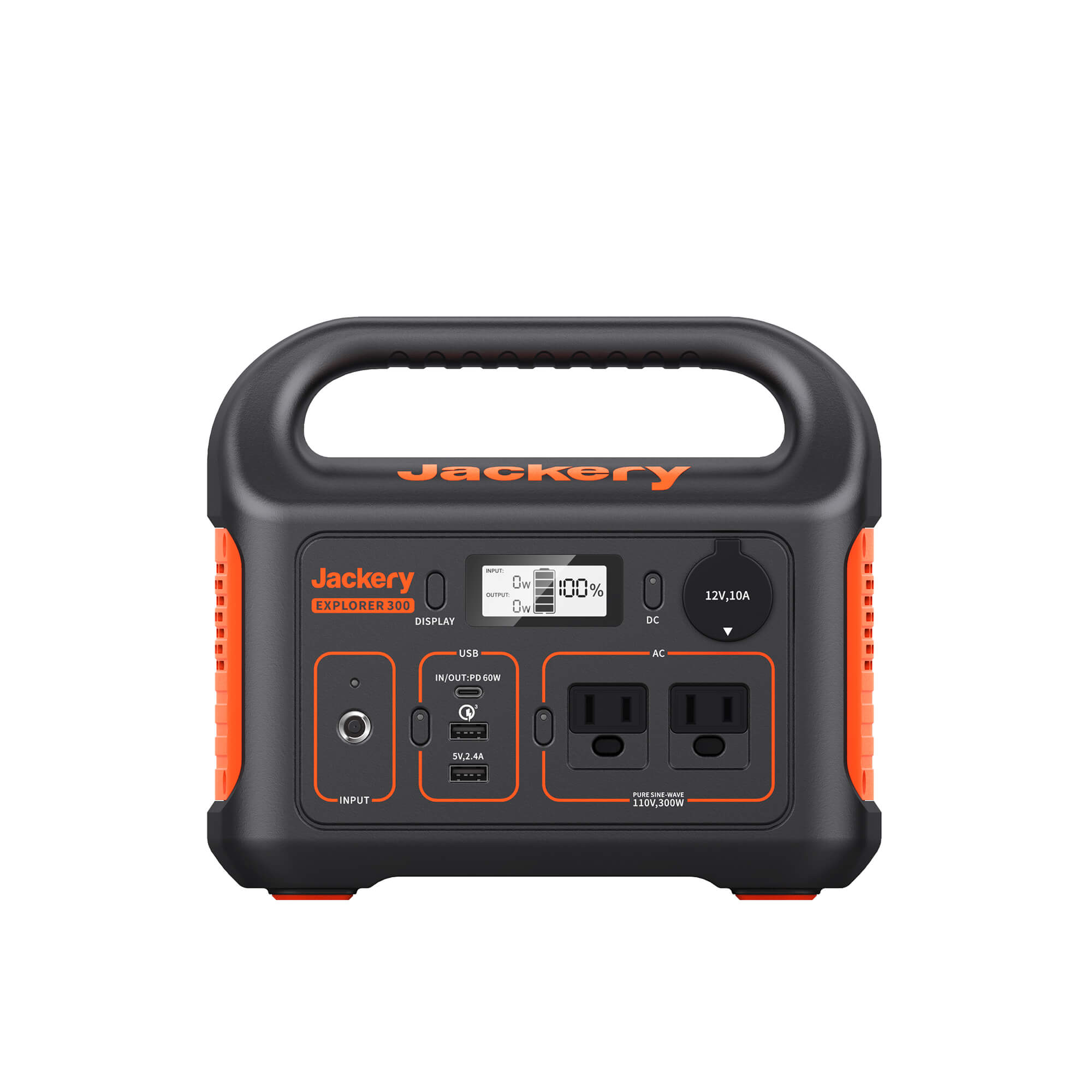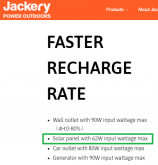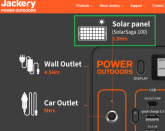Bob142
Build more, learn more.
Looks like Jackery is finally releasing the new 300 into the wild (Sept 1?). Supposedly $300 with promo code "JackeryE300".

 www.jackery.com
www.jackery.com
Sadly the solar charge rate is stuck at the 62W point that the Jackery 240 and 500 are at. Unless you live in a super sunny location it's going to be tough to fully recharge this in a day. They claim it's an MPPT charge controller but on paper it's not any better than the others and has an input voltage range of 12.6V-24V (still no putting panels in series).
Output capabilities look much better than the 240 and 500 though. Two AC outlets, USB-C, Quick Charge 3.0...
If only they could have given it a solar charge max of at least 80W this would be more compelling to me as a 240 replacement.

Jackery Explorer 300 Portable Power Station
The Jackery Explorer 300 is the ideal portable power station for short camping trips, off-grid living, and for powering small appliances when power outages.
 www.jackery.com
www.jackery.com
Sadly the solar charge rate is stuck at the 62W point that the Jackery 240 and 500 are at. Unless you live in a super sunny location it's going to be tough to fully recharge this in a day. They claim it's an MPPT charge controller but on paper it's not any better than the others and has an input voltage range of 12.6V-24V (still no putting panels in series).
Output capabilities look much better than the 240 and 500 though. Two AC outlets, USB-C, Quick Charge 3.0...
If only they could have given it a solar charge max of at least 80W this would be more compelling to me as a 240 replacement.







